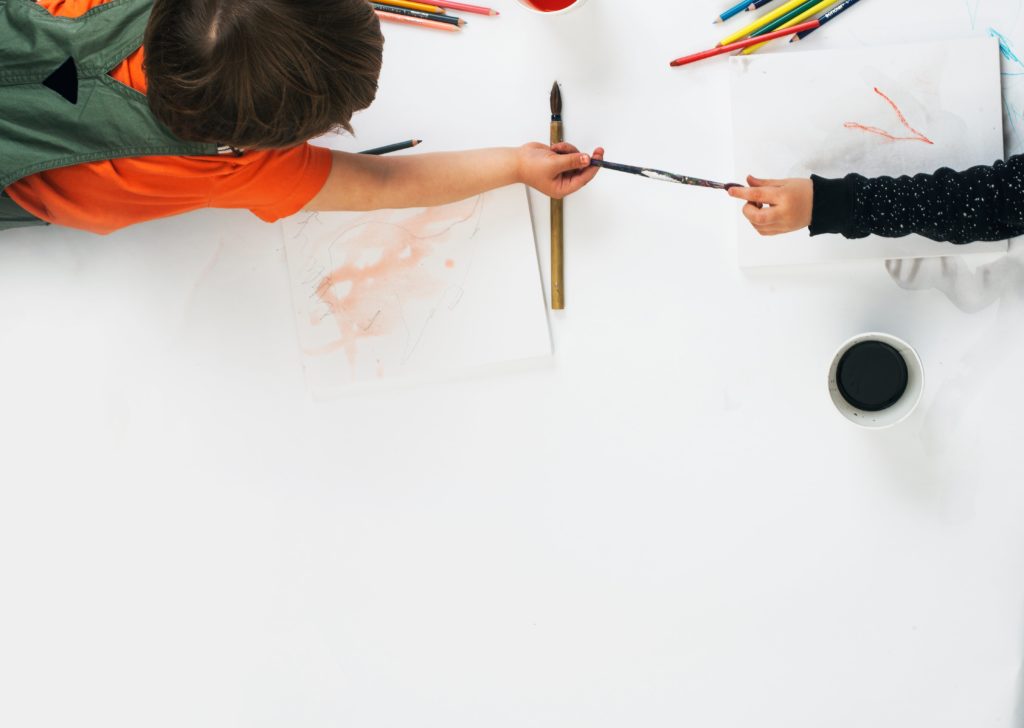Every family has a story, a narrative that weaves through generations, carrying with it the threads of cultural heritage. These family stories are more than just tales of the past; they are repositories of traditions, values, and experiences that shape a family’s identity and sense of belonging. Embedded within these stories are the echoes of ancestral wisdom, customs, and journeys that provide a unique perspective on one’s cultural heritage. As children listen to and engage with these stories, they not only learn about their roots but also develop a deep appreciation for diversity and the rich tapestry of human history. Cultural heritage in children’s family stories serves as a bridge between generations and a treasure trove of life lessons.
At the heart of family stories lies the preservation of cultural heritage. As families pass down stories from one generation to the next, they ensure that their traditions and values remain alive and relevant. These stories often highlight pivotal moments in a family’s history, capturing the challenges faced, the triumphs celebrated, and the cherished rituals that have been upheld over time. For instance, a family story might recount the struggles of ancestors who migrated to a new land, shedding light on the resilience and determination that run in the family’s veins. These tales serve as a reminder of the sacrifices made and the opportunities seized, instilling a sense of pride in one’s cultural heritage.
Material artifacts play a significant role in enhancing the narrative of family stories. Old photographs, letters, clothing, and heirlooms can bring the past to life, offering tangible connections to bygone eras. These artifacts serve as visual cues, allowing children to envision the lives of their ancestors and the contexts in which they lived. A faded photograph of a great-grandparent in traditional attire, for instance, might ignite a curiosity about the customs and celebrations of that time. These artifacts become touchstones that help bridge the gap between generations, fostering a deeper understanding of cultural heritage.
Language is another pivotal element in family stories that carry cultural heritage. The words spoken by ancestors, the idioms they used, and the languages they communicated in all contribute to a family’s linguistic heritage. In multilingual families, stories often showcase the beauty of diverse languages and dialects. Bilingual or multilingual books and dictionaries can be invaluable resources, aiding children in grasping the nuances of their linguistic roots. Learning these languages not only connects children to their cultural heritage but also opens doors to understanding different worldviews and communicating with a broader range of people.
Cuisine, a universal language of culture, also finds its place within family stories. Traditional recipes passed down through generations carry with them flavors and aromas that evoke memories of shared meals and gatherings. Cookbooks that focus on ethnic cuisines can serve as practical guides for children to learn about their culinary heritage. Learning to prepare a dish that has been enjoyed by ancestors is a way of honoring their legacy and carrying forward a sense of identity.
Incorporating family stories into education can be a powerful tool for nurturing cultural awareness. Schools can create assignments that encourage children to interview family members and share stories from their cultural backgrounds. This not only fosters a sense of pride but also builds empathy and understanding as children learn about their classmates’ diverse backgrounds. Cultural exchange days, where families share stories, artifacts, and traditional foods, can create a vibrant atmosphere of learning and celebration.
Furthermore, family stories have the potential to broaden a child’s worldview. As they listen to tales of ancestral lands, historical events, and diverse customs, children learn that the world is a tapestry woven with different threads. This realization nurtures an appreciation for diversity and dismantles stereotypes, fostering a more inclusive society. Family stories can spark a lifelong curiosity about other cultures, encouraging children to explore global history and engage with the stories of different communities.
Technology can also play a role in preserving and sharing family stories. Creating digital archives, websites, or social media accounts dedicated to family history can ensure that these stories are accessible to future generations. Incorporating multimedia elements such as videos, audio recordings, and interactive timelines can make these stories come alive in ways that resonate with younger audiences.
Through these stories, children learn about the triumphs and tribulations of their ancestors, gaining insights into their own cultural heritage. Material artifacts, language, cuisine, and technology enhance the narrative, making the past tangible and relatable. Family stories not only connect children to their roots but also foster a sense of belonging to a larger human family, promoting cultural appreciation and understanding. As children engage with these stories, they embark on a journey of self-discovery and develop a lifelong appreciation for the rich tapestry of human history.



